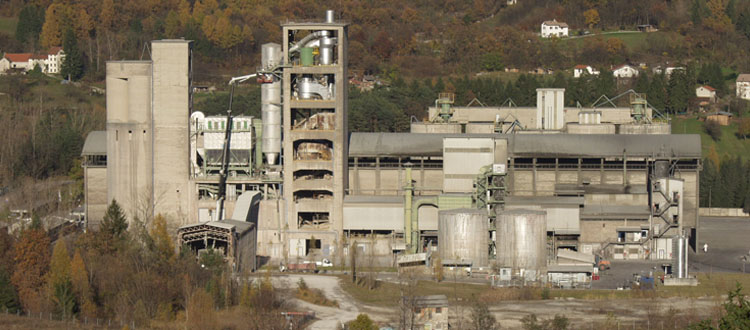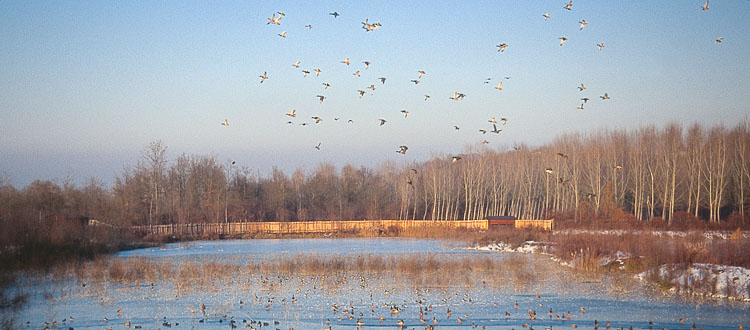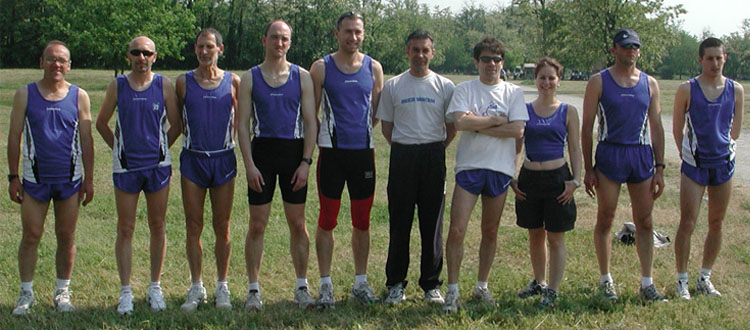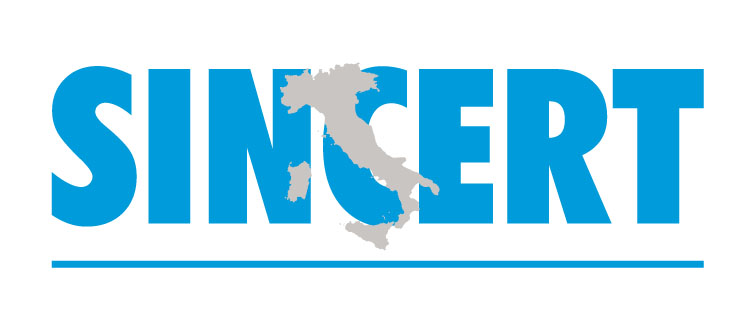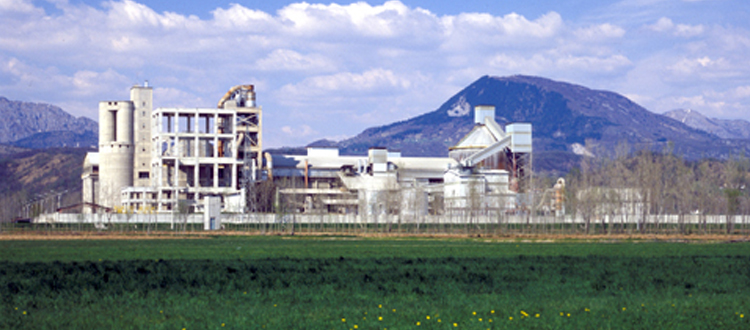This year Buzzi Unicem took part again in the 8th edition of the 30x8 Silvano Ruffo relay race with two teams and thanks to the skilful athletic preparation of our German colleagues from Dyckerhoff, we could gain an excellent placing: 3rd and 8th positions.
Team A, marked by the blue color of Buzzi Unicem, entered the field with the following formation: Marco Olmo (55, from Robilante - CN), Patrice Massing (36, "S.A. des Chaux de Cortern, Luxemburg), Reiner Görlich (32, Dyckerhoff, Lengerich plant, Germany), Harald Walter (33, Dyckerhoff, Göllheim plant, Germany), Eros De March (38, Buzzi Unicem, Cadola plant - BL) Mauro Campidelli (47, Buzzi Unicem, Santarcangelo plant - BL), Andrea Viel (21, Buzzi Unicem, Cadola plant - BL ) and Claude Simon (38, "Ciments Luxembourgeois S.A., Esch-sur-Alzette, Luxemburg). Team B marked, on the other hand, by the red color of Dyckerhoff, was composed of the following athletes: Gaspard Turco (41, "Klein Agglomérés S.a.S, Hagondange - France), Andreas Blobner (39, Beton, Wiesbaden - Germany), Mauro Delle Donne (34, Buzzi Unicem, Cadola plant - BL), Tommaso Scardini (52, Buzzi Unicem, Guidonia plant - Roma), Mariano Proietti (51, Buzzi Unicem, Vernasca plant - PC), Michael Palzer (39, WDI Research Lab, Wiesbaden, Germany), Sebastian Bialucha (28, Dyckerhoff Accounting Dept, Wiesbaden, Germany), Augusto Mari (48, Buzzi Unicem, Guidonia plant - Roma).The first performance for the blue team was the one of the legendary Marco Olmo, who alone ran as many as 21 laps: a true gazelle, perfectly at ease in the heat that already suffocated Piacenza stadium. The rather high temperature, 28°C, with a considerable percentage of humidity in the air certainly didn't make the competition easy. There was foreseen, in fact, 30 minutes of running for each relay runner, and only a third of the stadium is in the shade. After the "marathoner in the desert" there followed Patrice Massing who ran 20 laps, Reiner Görlich with 17, Andrea Viel and Mauro Campidelli with 19 and Harald Walter and Eros De March again with 20 laps. Optimal performance also that of Claude Simon who, with his 20.05 laps, kept us holding our breath since he was the last to run and with him rested the heavy responsibility to have to recover at least one position.
Legs and heart on the track also for the red team: Gaspard Turco 19 laps, Augusto Mari 18.33, Sebastian Balucha 18, Andreas Blobner, Mauro Delle Donne, Michael Palzer and Mariano Proietti 17 laps while Tommaso Scardini - due to a serious pull of a leg muscle - was able to complete just 16 laps.
At 9:00 p.m., the hour of the prize giving, we discover that the red team placed in 8th position while the blue team placed 3rd!
Goal for the next year: to reach an even more notable position with both the teams and, why not, perhaps even a pink team will be created … Recruitment is open, girls!
